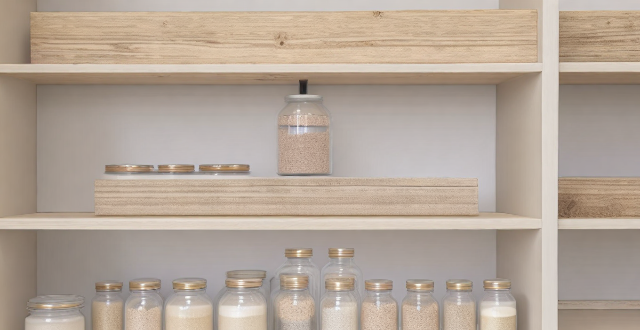Cosmetics have different shelf lives depending on their type, ingredients, and storage. Mascara lasts 3-6 months, liquid foundation 6-12 months, powder products 1-2 years, lipstick up to 2 years, and sunscreen typically 3 years but should be replaced annually. Factors affecting shelf life include product packaging, preservatives, storage conditions, and tools used. Signs of expired cosmetics include changes in smell, texture, irritation, or fading color. To prolong shelf life, keep cosmetics clean, use clean hands, follow directions, and close containers tightly.

How Long Do Cosmetics Usually Last?
Cosmetics, like many other products, have a shelf life. The duration for which they remain effective can vary depending on several factors, including the type of product, its ingredients, and how it is stored. Here's a detailed breakdown:
Types of Cosmetics
Different types of cosmetics have different average lifespans:
- Mascara: 3-6 months. Due to the risk of eye infections, it's recommended to replace mascara every few months.
- Liquid Foundation: 6-12 months. After this period, the formulation may start to separate or change color.
- Powder-based Products (like blush, eyeshadow): 1-2 years. These can last longer because they don't contain moisture, which can harbor bacteria.
- Lipstick and Lip Liners: Up to 2 years. However, you should monitor for any strange odors or changes in texture.
- Sunscreen: Check the expiration date; typically valid for up to 3 years but should be replaced annually to ensure adequate SPF protection.
Factors Affecting Shelf Life
The longevity of cosmetics also depends on various external and internal factors:
- Product Packaging: Airtight and opaque packaging can extend the life of cosmetics by protecting them from air and light.
- Preservatives: Some products contain preservatives that help prevent bacterial growth, increasing their shelf life.
- Storage Conditions: Extreme temperatures and humidity can degrade cosmetics faster. It's best to store them in a cool, dry place.
- Tools Used: Ensure that brushes and applicators are clean to avoid contaminating the product.
Signs of Expired Cosmetics
Knowing when to toss out your cosmetics is crucial for maintaining good skin health. Look out for these signs:
- Changes in Smell: If the scent becomes odd or off, it might be time to replace the product.
- Changes in Texture: If a product becomes stringy, clumpy, or starts to separate, it has likely exceeded its shelf life.
- Irritation or Breakouts: If you consistently experience skin issues after using a specific product, it could be due to expired ingredients.
- Fading Color: Especially noticeable in lipsticks and colored cosmetics, fading indicates that the pigments have degraded.
Tips for Prolonging Shelf Life
To make your cosmetics last as long as possible while maintaining their quality and safety, consider these tips:
- Keep Them Clean: Regularly wash brushes and applicators to prevent bacterial buildup.
- Use Clean Hands: Always apply cosmetics with clean hands to avoid introducing contaminants.
- Follow Directions: Use products as directed and avoid mixing them unnecessarily, which can introduce bacteria.
- Close Tightly: Ensure lids are tightly closed after each use to prevent air and bacteria from getting in.
In conclusion, understanding the typical lifespan of your cosmetics and being mindful of storage and usage practices can help you get the most out of your beauty products while keeping your skin healthy.